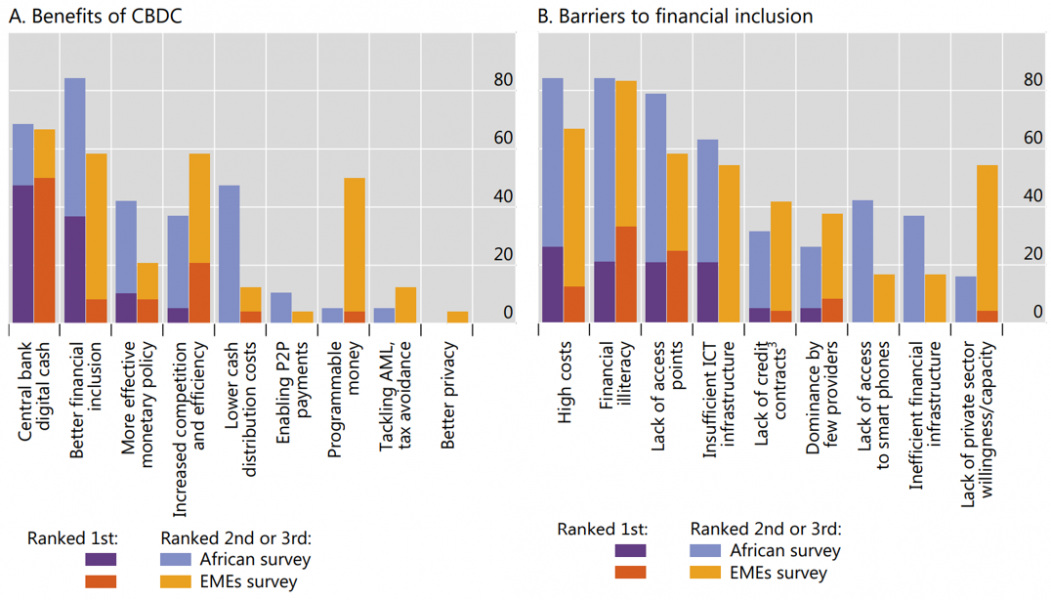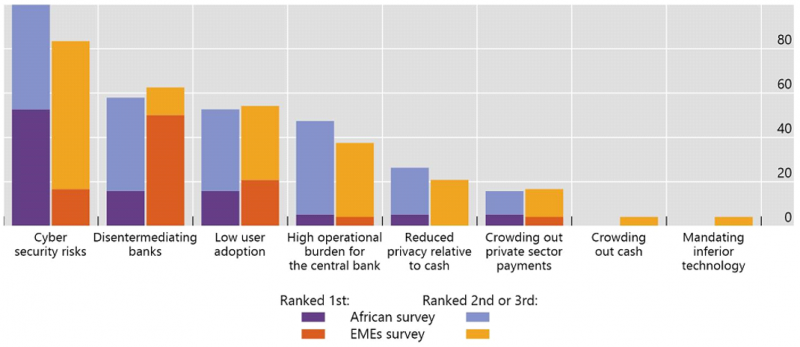References
Alberola, E and I Mattei (2022): “Central bank digital currencies in Africa”, BIS Papers, no 128, November.
Bank for International Settlements (2022): Annual Economic Report, June, Chapter III.
Carstens, A (2021): “Multi-CBDC arrangements: transforming words into works”, speech at Hong Kong Fintech Week, November.
Duarte, A, J Frost, L Gambacorta, P Wilkens and H S Shin (2022): “Central banks, the monetary system and public payment infrastructures: lessons from Brazil’s Pix”, BIS Bulletin, no 52.
Kosse, A and I Mattei (2022): “Gaining momentum – results of the 2021 BIS survey on central bank digital currencies”, BIS Papers, no 125.



